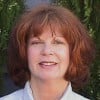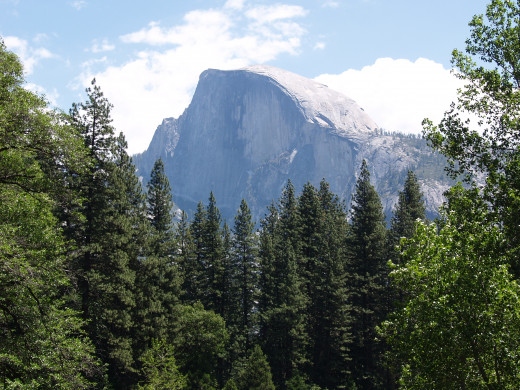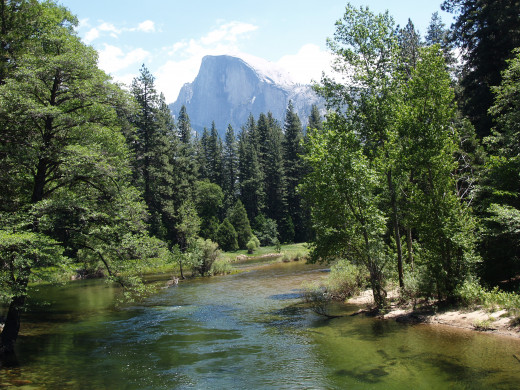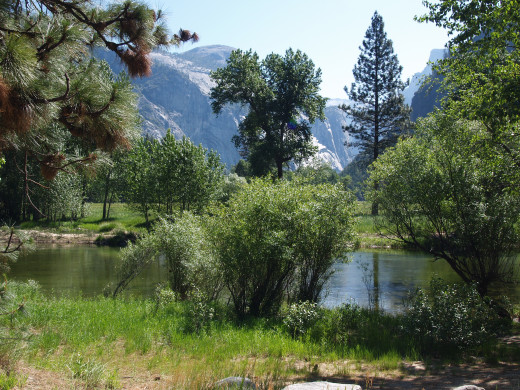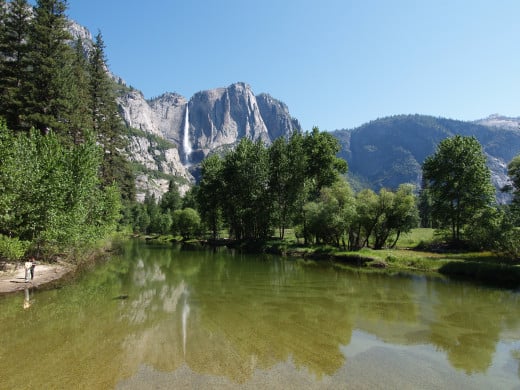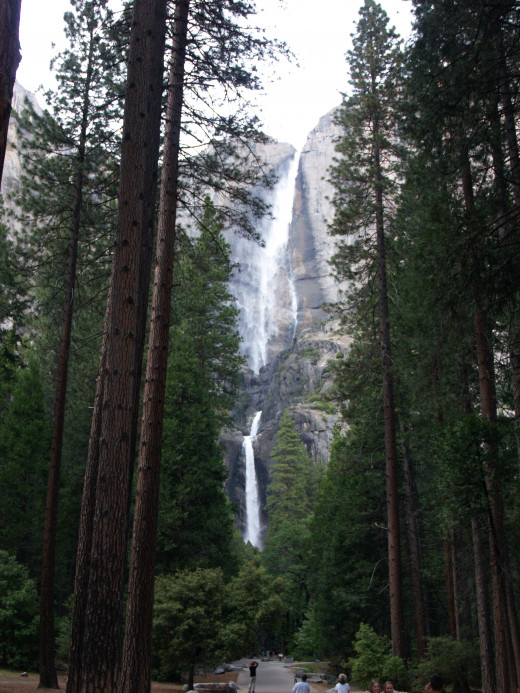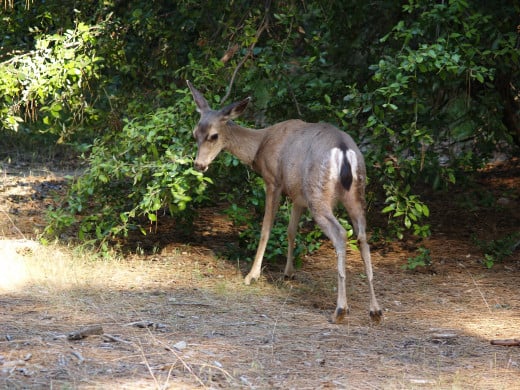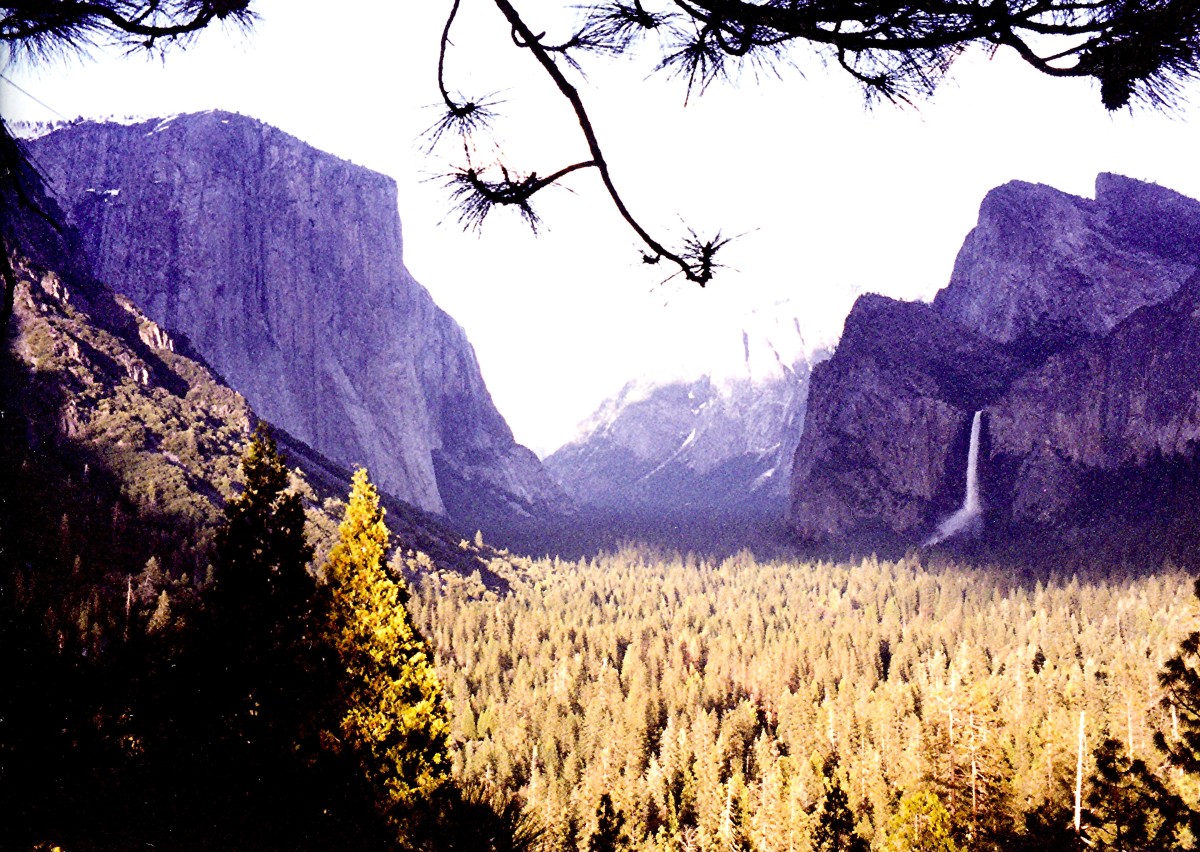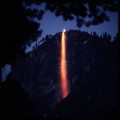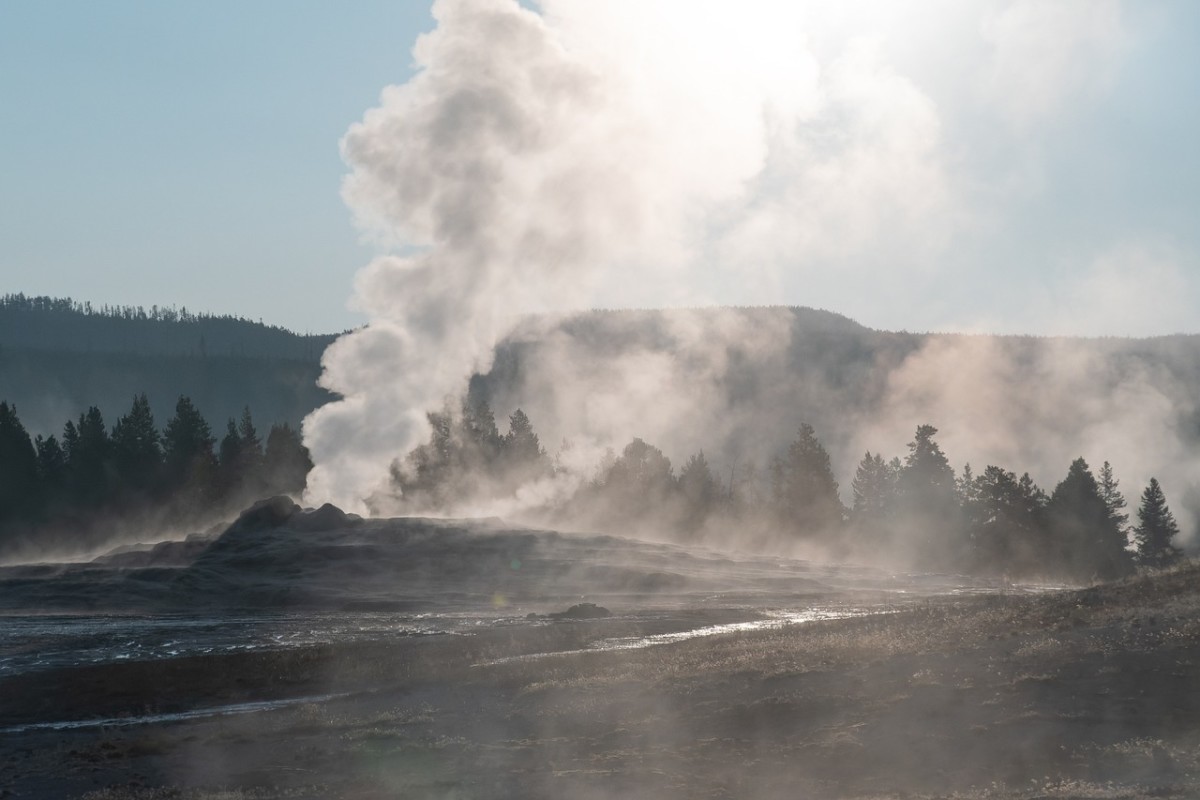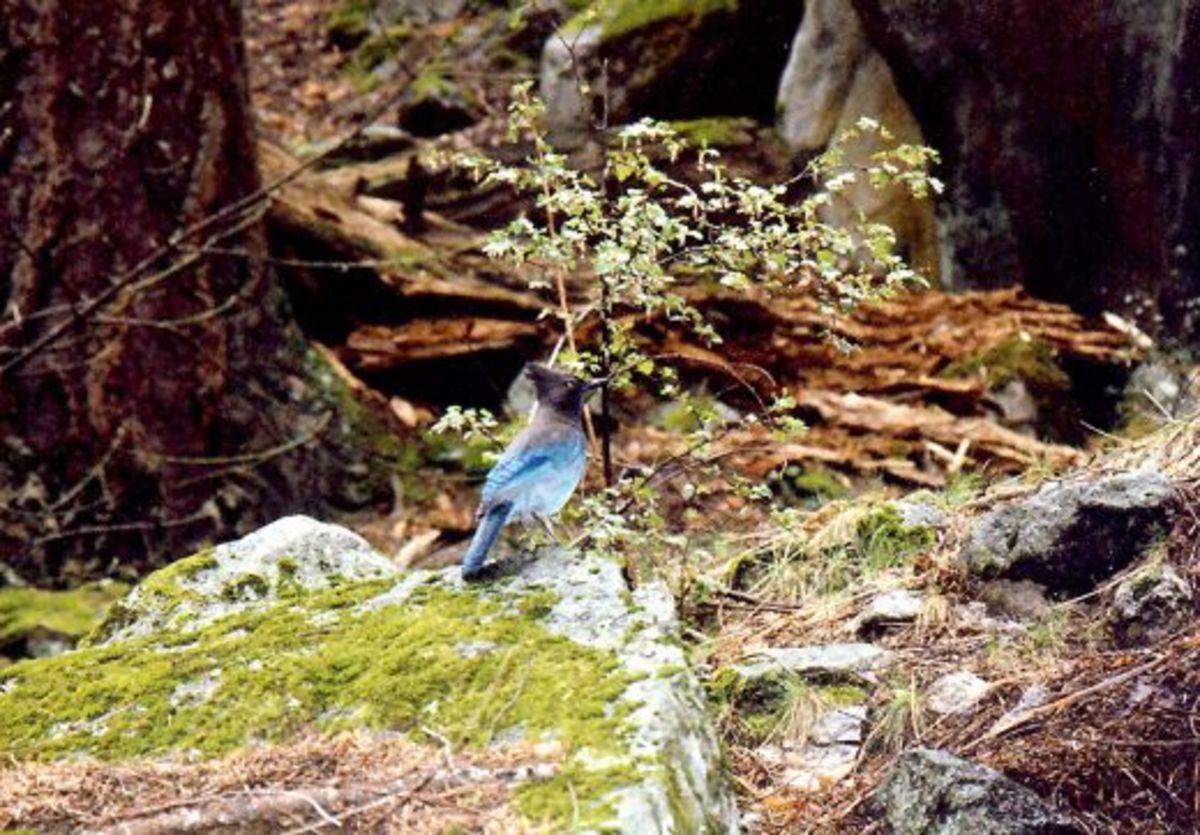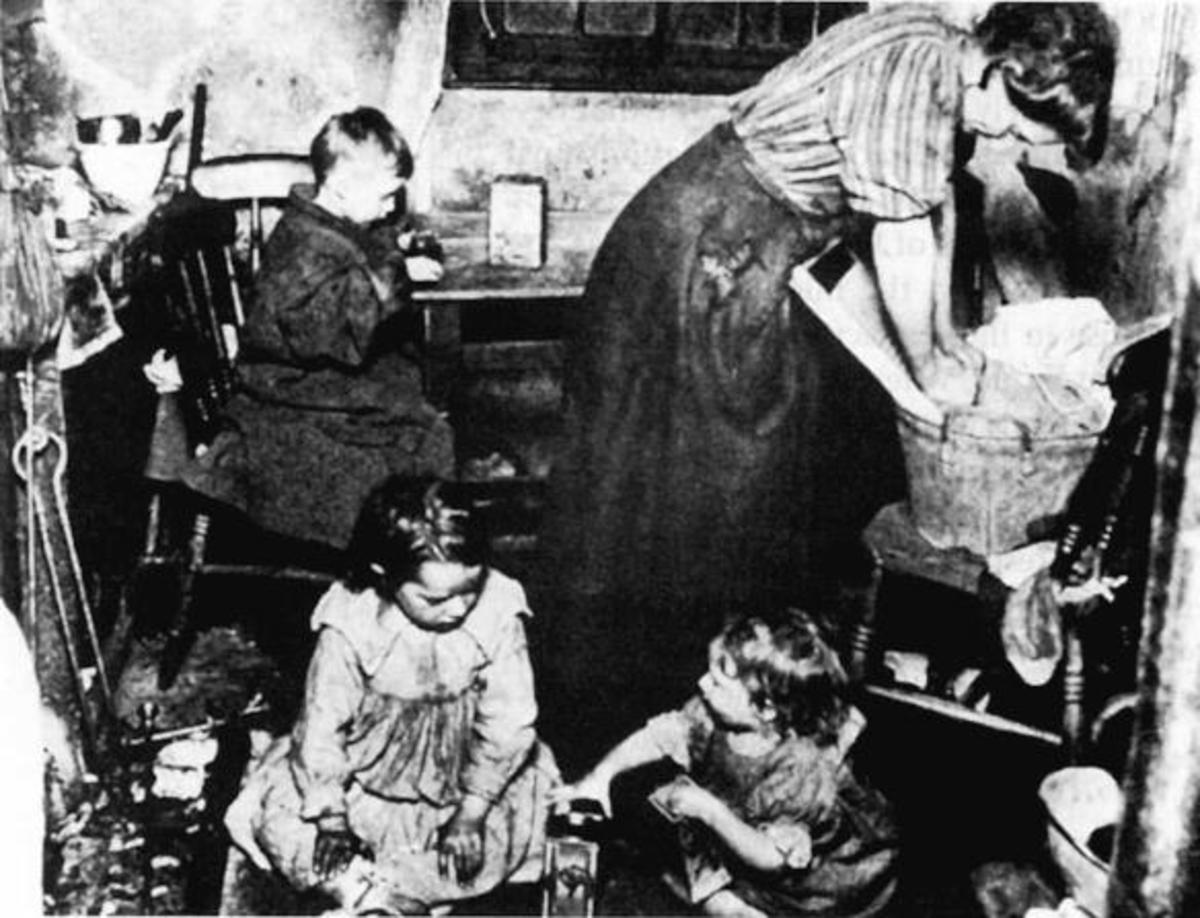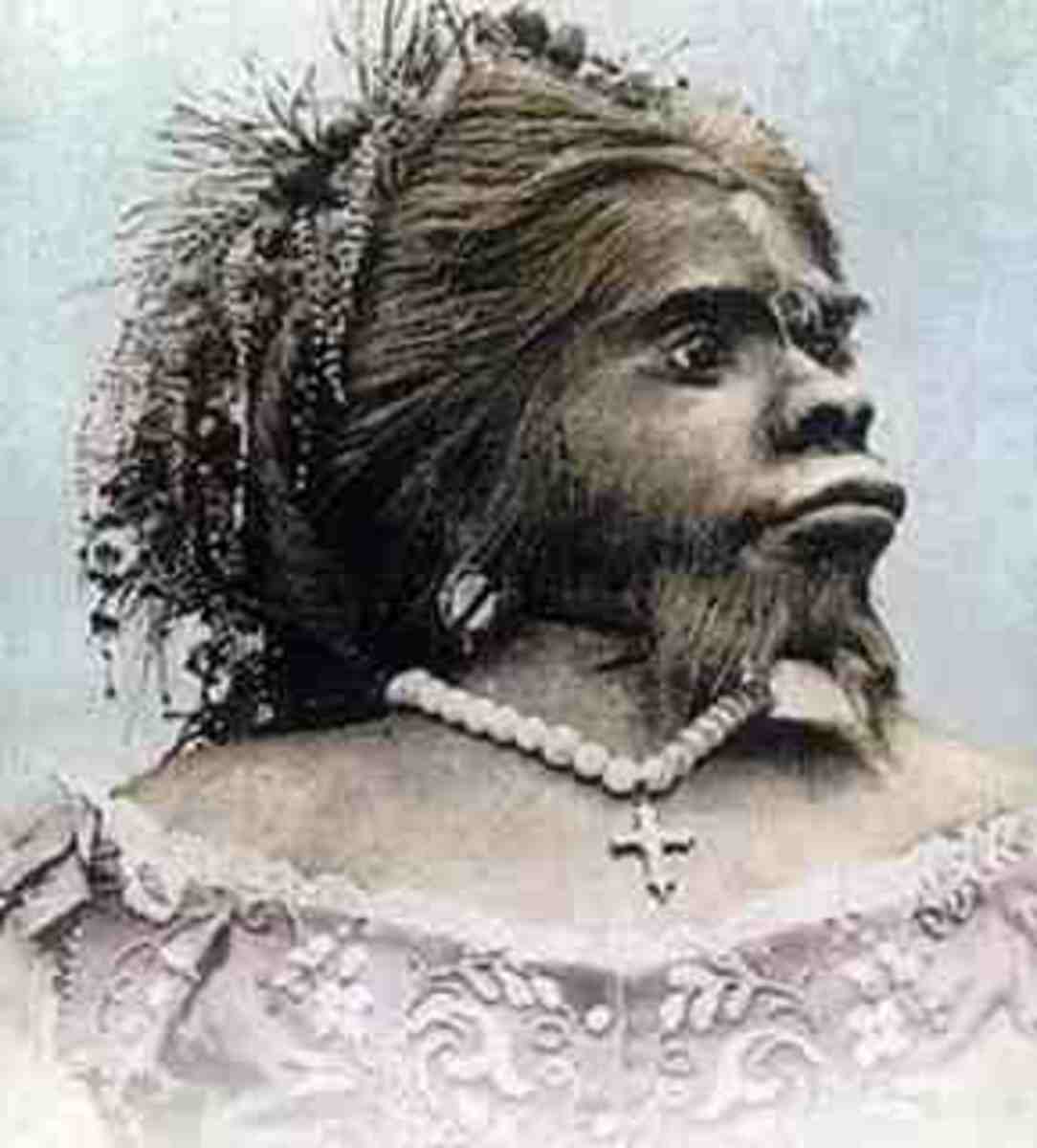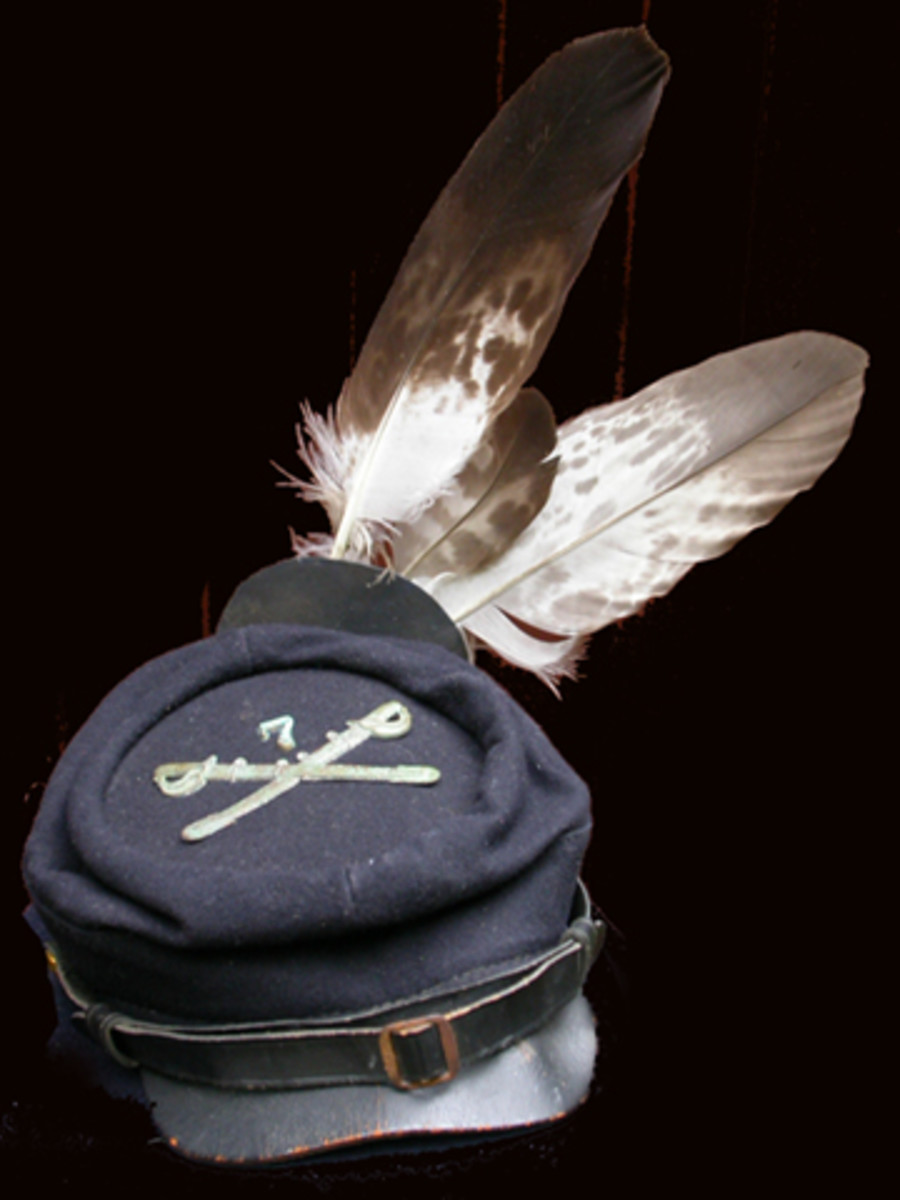- HubPages»
- Education and Science»
- History & Archaeology»
- History of the Modern Era
Biography of the Father of National Parks: John Muir
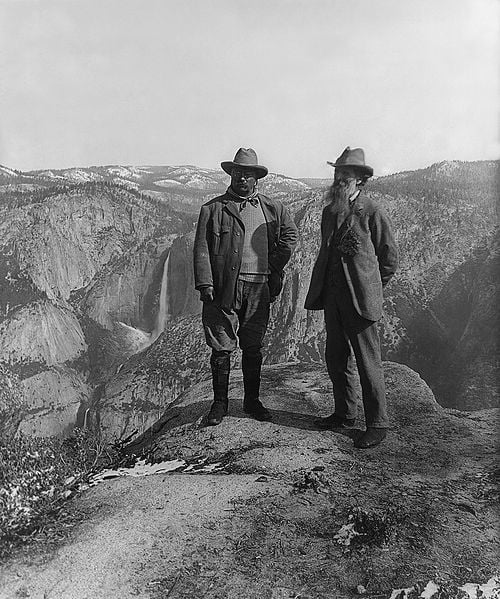
John Muir's Early Years
John Muir—naturalist, author, conservationist and founder of the Sierra Club, activist who petitioned the US Congress for the passage of the National Park bill—was born in Dunbar, East Lothian, Scotland on April 21, 1838, the third oldest of eight children. The National Park bill established both Yosemite National Park and Sequoia National Park in California. Muir's activism helped preserve Yosemite Valley, Sequoia National Park, and other wildness areas, keeping those areas in their natural state.
Muir's family immigrated to the United States in 1849, when Muir was 11 years old. Daniel Muir, John Muir's father, was a very religious man. He felt that the Church of Scotland—the Presbyterian Church—was not strict enough in faith and practice, so the family left Dunbar for Portage, Wisconsin and joined the Disciples of Christ, a congregation of the Campbellite Restoration Movement. At the age of 11, John Muir was "persuaded" by his father to memorize and be able to recite all of the Old Testament and most of the New Testament.
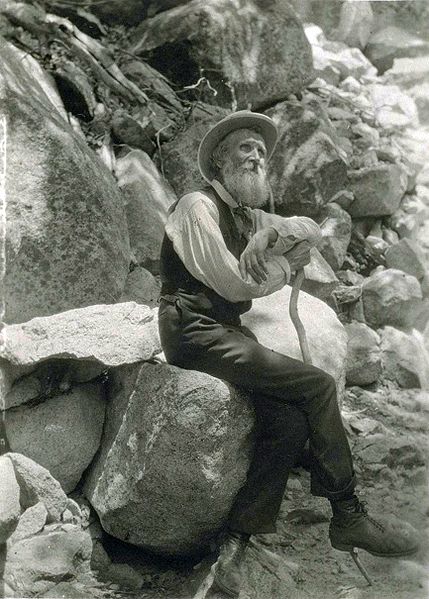
College Years and Avoiding the Military Draft
John Muir enrolled at the University of Wisconsin in Madison and studied botany, chemistry, and geology. The science courses Muir took had a profound influence on him, creating a path he would follow for the rest of his life.
Muir dropped out of the university in 1864 at the age of 26 and went to Canada in order to avoid the military draft. He spent nine months in the woods and swamps of the Lake Huron area collecting plants. In the winter of 1864, Muir and his brother Dan, who had also left the United States to avoid the draft, found jobs at a saw mill in Ontario.
John Muir returned to the United States in the spring of 1866. He worked in Indianapolis, Indiana for a year at a factory which manufactured wagon wheels. Muir's eye was injured in an accident at the factory, and he had to remain in a darkened room for six weeks. During the period in the darkened room, Muir kept thinking of the outdoors and the beauty and wonder of nature.
When his period of convalescence was over, Muir didn't return to his job at the factory. Instead, he decided to go for a walk.
Muir Walks from Indiana to Florida
Muir walked from Indiana to Florida, a distance of nearly 1000 miles—1600 kilometers. He chronicled his journey in his book, A Thousand-Mile Walk to the Gulf. Muir's plan when he reached Florida was to book passage on a ship to South America and meander from one end of the continent to the other. Muir contracted malaria in Florida, so instead of sailing to South America, he sailed to New York.
John Muir Travels to California
When he arrived in New York, John Muir booked passage to San Francisco, California. He traveled to Yosemite National Park as soon as he arrived in San Francisco in the early spring of 1868.
Yosemite Valley
John Muir's Yosemite Years
John Muir spent a week in Yosemite, exploring as much as he could in that short period of time. He returned to Yosemite and obtained work as a shepherd. Using the knowledge he gained while working at the saw mill in Canada, Muir designed a mill which was powered by water. He used the mill, located at Yosemite Creek, to cut trees which had been felled by the wind. He used the wood to build a cabin by the creek.
Muir lived in the cabin for two years, spending his time exploring Yosemite's back country and also discovering as much as he could about Yosemite Valley. Muir's knowledge of botany and geology and his living in Yosemite Valley caused him to become known as the best person to serve as a Yosemite guide.
Views of Yosemite National Park
Click thumbnail to view full-size





Yosemite National Park is Established
John Muir, who had proven that Yosemite Valley had been formed by the activity of glaciers rather than by earthquakes, wanted the pristine nature of the Yosemite area—especially Yosemite Valley—preserved. Muir wrote two articles for Century magazine in 1890, The Treasure of the Yosemite and Features of the Proposed National Park.
He used his influence to have a bill introduced in the US Congress in 1890 to have the Yosemite area declared a national park. Yellowstone National Park had already been established, and Muir wanted the same for Yosemite.
Congress passed a bill on September 30, 1890 which created Yosemite National Park and also paved the way for a national park system in the United States. The bill followed the recommendations set forth in Muir's two magazine articles, but Yosemite Valley was not included in the land designed as being in Yosemite National Park. The bill left Yosemite Valley in the control of the state, which was greatly mismanaging the natural resources of the area.
Theodore Roosevelt Goes Camping with John Muir
When I visited Yosemite National Park a few years ago, I took a train from Orange County, California to the town of Merced, followed by a bus from Merced to Yosemite Valley. In 1903, United States President Theodore "Teddy" Roosevelt and John Muir traveled together to Yosemite by taking a train from Oakland, California to the town of Raymond, followed by a stagecoach to Yosemite Valley.
While traveling, Muir explained to the president, an ardent naturalist, that the state was mismanaging Yosemite Valley, thereby causing its natural resources to be destroyed. Before they had even reached their destination, John Muir had convinced "Teddy" Roosevelt that Yosemite Valley should be under federal control.
After viewing the sites in Yosemite Valley, the president decided he wanted to go camping in the back country and see more of the park. Roosevelt and Muir set out without a large entourage, and camped in the open air at Glacier Point. When they awoke, they were covered by a dusting of fresh snow. The president's trip to Yosemite is said by historians to be one of the most memorable events of his life.
In 1905, thanks to the efforts of John Muir, Congress transferred Yosemite Valley and the Mariposa Grove of Giant Redwoods from state to federal control.
Have you ever visited a National Park in the United States?
Have you ever visited a National Park outside the United States?

